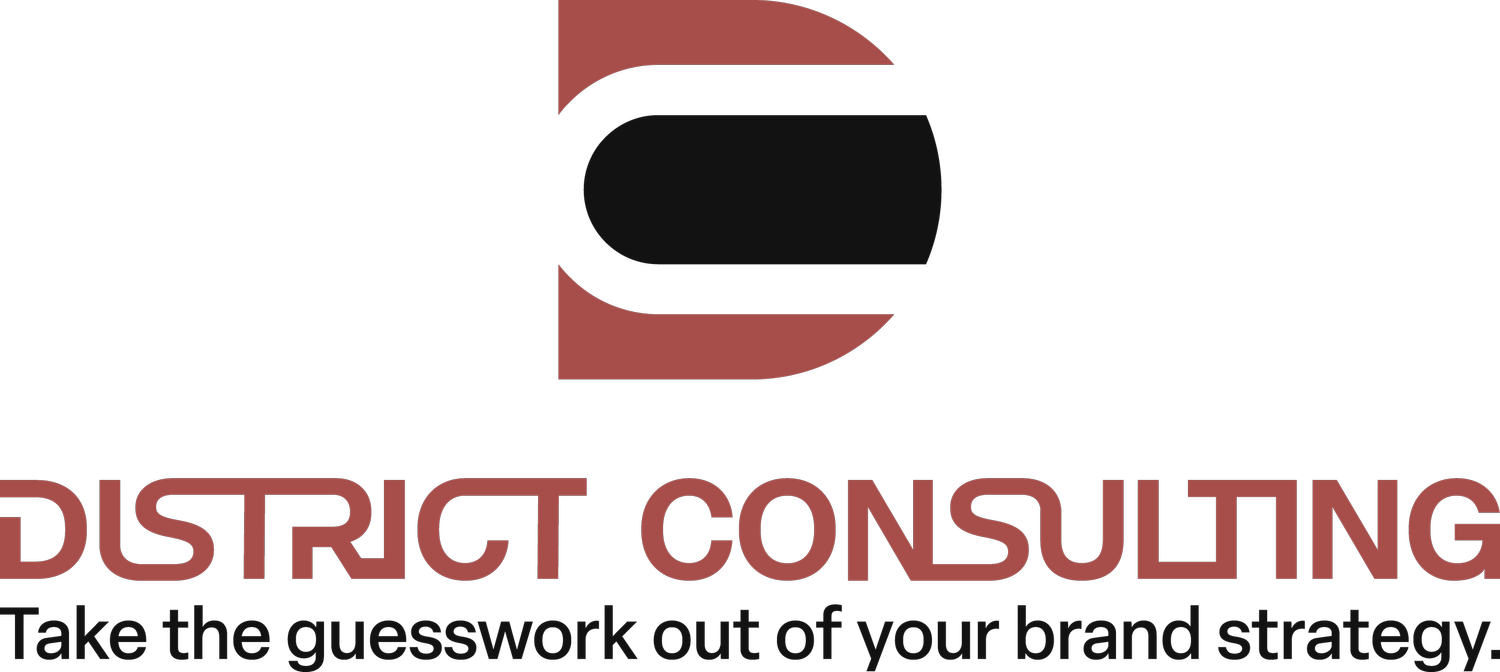Introduction
The market today is exhaustingly crowded. Customers are bombarded with marketing messages left right and center. If you ask us, reaching the right customers at the right time with the right message through customer segmentation marketing has never been more crucial.
Yet, it’s sad to see so many business owners still relying on the generic, one-size-fits-all marketing approaches — hoping their message will stick.
Imagine trying to sell a 1970s vintage collectors’ car. Would you market it the same way to a 30-year-old startup entrepreneur as you would to a 60-year-old car collector? Probably not.
That’s where customer segmentation in marketing comes into play. Once you understand your audience’s unique needs and behaviors, you can craft tailored messages — leading to stronger connections and higher conversion rates.
Therefore, in this post, we’ll unlock your marketing potential by introducing you to the power of customer segmentation marketing. Let’s get started!
What is Customer Segmentation Marketing?
Customer segmentation divides a broad customer base into smaller, more defined groups based on shared characteristics, such as demographics, behavior, geography, personality characteristics, and more.

Source: SEMrush
It’s all about knowing who you are marketing to, what your ideal customers really want, and how they would react to your marketing campaigns. Once you figure that out, it will become easier to carve a marketing strategy that effectively caters to the target audience’s needs.
With customer segmentation strategies, you can create personalized experiences that resonate with each group, leading to stronger customer connections and better results.
Why Customer Segmentation Marketing Is No Longer an Option?
Customer segmentation isn’t optional anymore; it’s essential. Think about how Netflix and Amazon use customer data to suggest shows or products. Their recommendations are so spot-on that they often know what you want before you do!
Did you know MailChimp’s segmented campaigns received 100.95% more clicks than non-segmented emails worldwide?
Spotify nails customer segmentation marketing too by creating playlists based on your music taste, keeping you hooked. Such music streaming companies thrive because they don’t treat every listener the same; they deliver personalized experiences that customers crave.
Another example is Starbucks nailing personalization with its rewards app. It doesn’t just send blanket promotions. It delivers offers based on what you love — whether it’s a morning latte or an afternoon muffin.
This level of personalization isn’t by accident.
It’s the result of smart customer segmentation marketing. Research backs this up, with 80 percent of customers saying they’re more likely to buy from brands that offer personalized experiences.
Key Benefits of Customer Segmentation for Marketing
Customer segmentation is a powerful tool that can make your marketing strategy drive more targeted and effective campaigns. When you understand the distinct needs of different audience segments, you can create highly focused campaigns that resonate on a personal level.
For instance, a fitness brand could promote weight loss products to one group while offering muscle-building supplements to another, making each message more relevant and impactful.
This level of precision not only grabs attention but also boosts customer engagement by addressing specific pain points and desires.
Imagine a travel company crafting personalized offers for adventure seekers while delivering luxury deals to those who prefer premium experiences — such targeted promotions significantly increase the chances of customer interaction and conversion.
Segmentation also enables more efficient resource allocation. Instead of wasting your marketing budget on broad, generic ads that might not yield results, you can channel your efforts toward groups more likely to generate a return on investment (ROI).
Moreover, customer segmentation marketing enhances paid media success by delivering personalized ads to targeted groups, improving relevance and engagement.
This way, brands can tailor content that resonates with each segment’s preferences, increasing engagement. The approach increases click-through rates, conversion rates, and return on ad spend.
As you focus on high-value segments, segmentation minimizes wasted budget and ensures campaigns reach the right audience with tailored messaging.
This focused approach ensures that every dollar counts. Moreover, personalized messages have proven to drive higher conversion rates, turning potential leads into loyal customers.
For instance, segmented email campaigns can help companies increase revenue by a staggering 760 percent!
When your communication speaks directly to the needs of your audience, they’re far more inclined to take action, ultimately boosting your overall marketing performance and business growth.
How to Pursue Customer Segmentation for Marketing Purposes?
Keep it simple.
Start by collecting customer data from various sources. We highly recommend using website analytics, CRM systems, social media insights, email marketing tools, and surveys. When analyzing the data, check for patterns across factors like demographics, purchase behavior, and interests.
The next step is all about defining your segmentation criteria based on your business goals. For instance, an e-commerce store can benefit from segmenting customers into frequent buyers and occasional shoppers.

(Source: Market Segmentation Study)
Then, create detailed customer personas for each segment. In the fashion industry, you might identify “Trendsetters,” “Bargain Hunters,” and “Eco-Conscious Shoppers.”
After that, shape your marketing strategies to fit each segment’s preferences. Customize messaging and promotions to resonate with your audience.
Finally, analyze and refine your segments regularly. Monitor performance to see what works and what needs adjustment. Adapt your strategies to stay aligned with changing customer preferences.
Final Thoughts!
Business owners, it’s time to make your marketing work smarter, not harder. Customer segmentation marketing lets you target your audience with precision, driving higher engagement and conversions.
This strategy isn’t just about improving engagement; it’s about driving tangible results — higher conversion rates, increased customer satisfaction, and better ROI on your marketing efforts.
Don’t let your competitors gain the upper hand—start using segmentation today to create more personalized campaigns that speak directly to your customers’ needs and grow your business. Stay tuned for more informative posts in the future!





